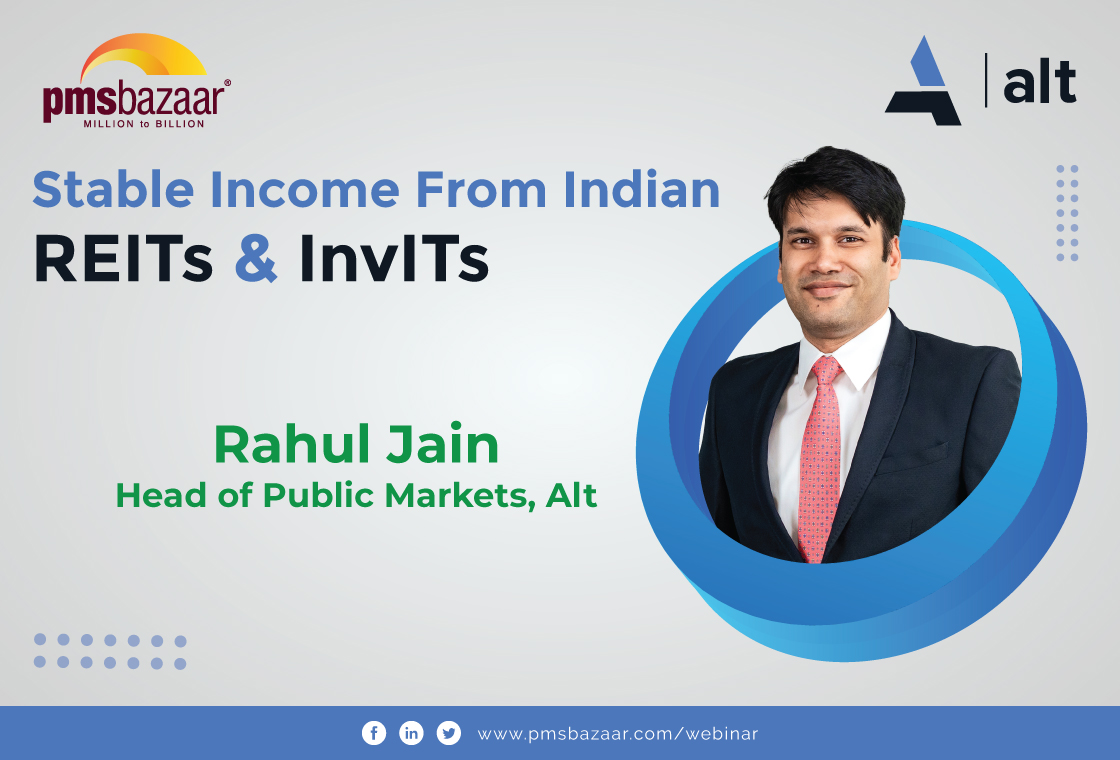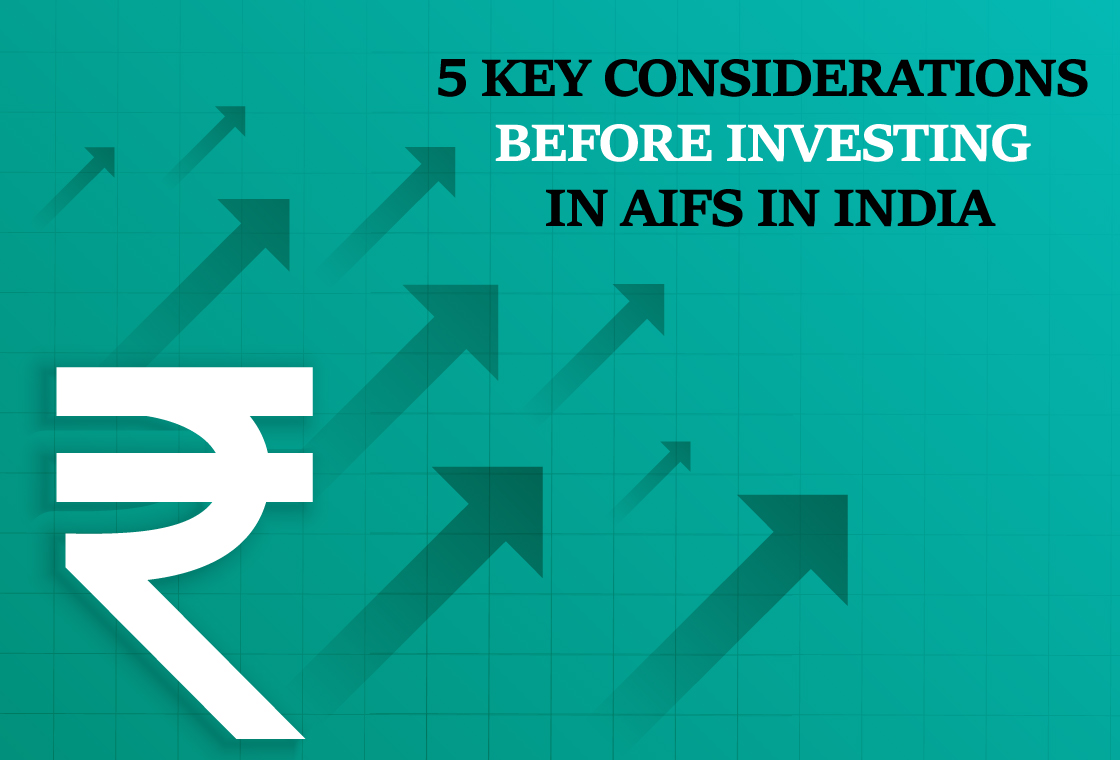In a study conducted by PMSBazaar, PMS investment approaches outshines gold and equity market returns in the long-term (10 years).

Long-term investment strategies are championed by financial experts for a reason. This is particularly true for equity investments globally. In India, the Nifty 50 index, the benchmark index for the equity market, saw an impressive Compound Annual Growth Rate (CAGR) of 13% over the past decade (between FY14 and FY24). This data underlines the potential for significant wealth creation through equity investments over a long period.
India’s economic performance during this period has been equally impressive and has helped the equity market performance. The country’s GDP grew steadily from about 6.4% in FY14 to an estimated 7.6% in FY24. Additionally, India’s projected economic growth trajectory, supported by various international agencies and global brokerages, paints a promising picture for future equity returns. For instance, a global brokerage house, Jefferies India projects India’s GDP to reach a staggering $5 trillion by 2027. This would propel India to the position of the world’s third-largest economy, signifying its growing importance on the global stage.
Despite the compelling prospects of the equity market, a significant portion of Indian investors hold a deep-rooted affinity for gold. Traditionally, gold has been viewed as a safe haven asset, offering stability and security during periods of economic turmoil. This perception makes gold a comforting investment for many Indians. It is worth noting that India is the world’s second-largest consumer of gold jewellery, with total holdings in jewellery and bars/ coins reaching a substantial 747 tonnes in 2023 as per the World Gold Council. While rising gold prices could have caused volatility in gold consumption, gold demand is anticipated to grow (in India) in the coming years. This enduring popularity highlights the unique cultural and emotional significance that gold holds for Indian investors, even if it may not guarantee the highest financial returns compared to other asset classes.
While the Indian equity market has delivered strong returns, gold’s performance hasn’t been as impressive. Over the past decade, gold’s CAGR sits at around 9%, which falls short of the Nifty 50 index returns. However, there is a crucial difference in their behaviour: gold and equity returns tend to be negatively correlated. In simpler terms, when the stock market stumbles, gold often shines.
For example, during the market crash of March 2020 triggered by COVID-19 lockdowns, the Nifty 50 plunged 23% (1 month), whereas gold managed a 3% gain. It is important to note that even gold’s performance was muted due to the extreme uncertainty of the situation.

This highlights the value of portfolio diversification. A well-diversified portfolio containing both equities and gold would have been better equipped to weather the volatility caused by events like the pandemic.
While we have discussed the performance of equities and gold, Portfolio Management Services (PMS) offers another investment avenue with superior returns. PMS invests in listed stocks and debt instruments.
PMS cater specifically to High Net-Worth Individuals (HNIs) and Ultra-HNIs. These bespoke investment solutions require a minimum investment of Rs. 50 lakhs and tailor portfolios for some investors with large investments.

 Gold has outperformed Nifty 50 in 3 of 10 years between 2014 and 2024.
Gold has outperformed Nifty 50 in 3 of 10 years between 2014 and 2024. 



Recent Blogs

Long-Only AIFs Rebound Sharply in October; Long-Short Strategies Lag Despite Lower Volatility
106 long-only AIFs averaged 3.68% vs 32 long-short AIFs at 2.7%; only 24–31% of funds beat key indices

Markets log strongest monthly gains in 7 months; PMS performance turns near-uniform in October
Nifty 50 TRI gained 4.62%, BSE 500 TRI rose 4.27%; 415 of 427 equity PMSes ended positive

How SMEs are Shaping India’s Investment Landscape?
PMS Bazaar recently organized a webinar titled “How SMEs are Shaping India’s Investment Landscape?” which featured Mr. Shrikant Goyal, Fund Manager, GetFive Opportunity Fund.

Stable Income from Indian REITs and InvITs
PMS Bazaar recently organized a webinar titled “Stable Income from Indian REITs and InvITs,” which featured Mr. Rahul Jain, Head of Public Markets, Alt.

5 Key Considerations Before Investing in AIFs in India
Alternative Investment Funds (AIFs) have emerged as a compelling option for sophisticated investors seeking diversification and potentially superior returns. But venturing into AIFs requires a clear understanding of their unique characteristics that go beyond simply knowing what they are and their categories.

How AIF can help in diversification?
Traditionally, Indian investors have relied on a mix of stocks and bonds to build their wealth. While this approach offers diversification, it can still leave your portfolio vulnerable to market fluctuations. Enter Alternative Investment Funds (AIFs), a dynamic asset class gaining traction for its ability to unlock diversification beyond the realm of conventional options.

Long-Short AIFs Outperform Again Even as Markets Rebound in September
104 long-only funds shows an average monthly gain of just 0.37 per cent, while long-short AIF category averaged 0.94 per cent

Resilience returns as markets rebound in September; Multi-asset PMSes lead pack
Over 63% of equity PMSes ended September in green; nearly two-thirds outperformed key benchmarks.

